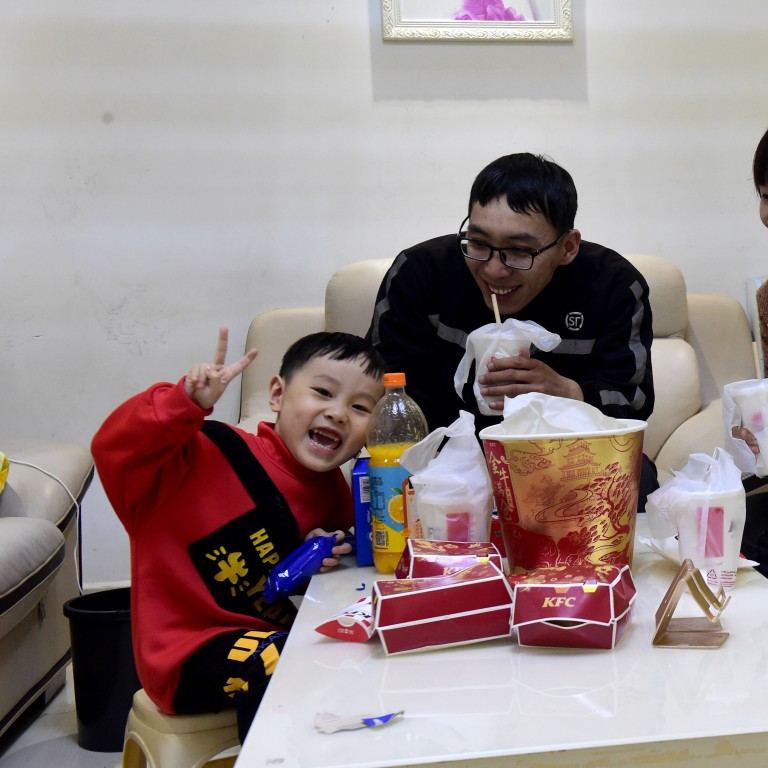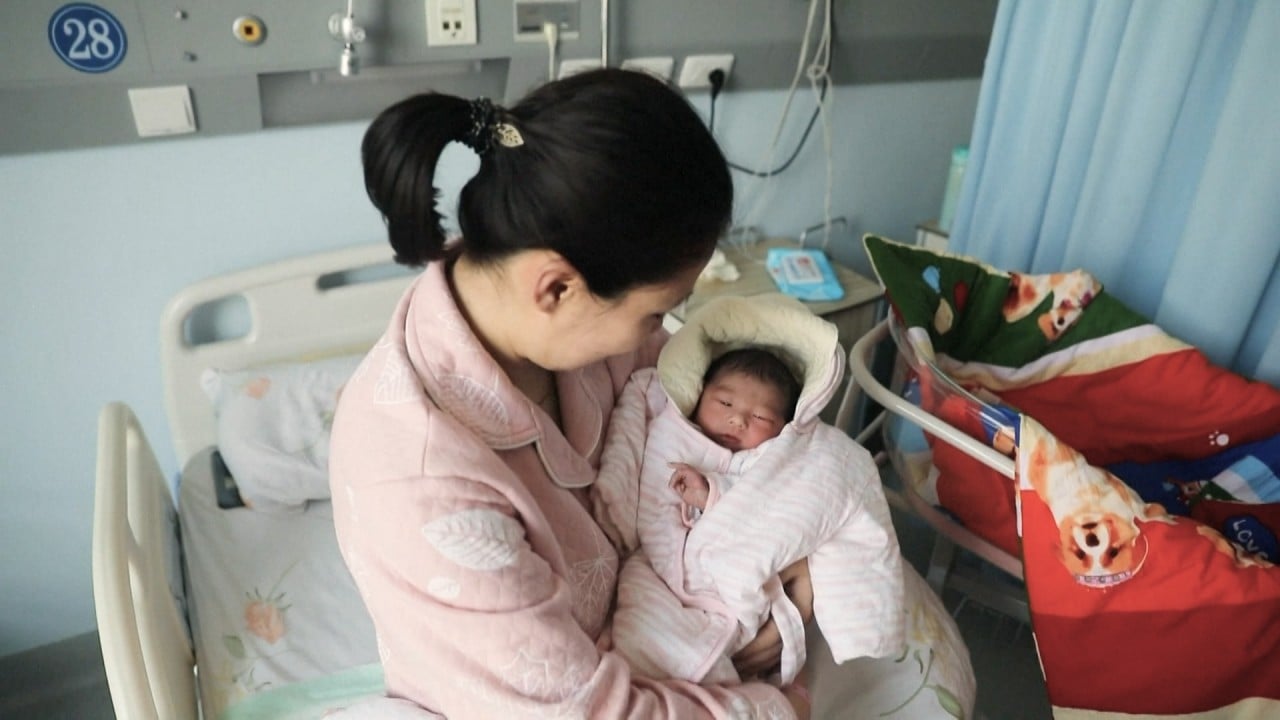
Chinese health authorities deny planning to end birth control restrictions
- The National Health Commission said comments that three provinces would be allowed to adopt new policies did not mean it would end limits on family size
- Currently families are limited to two children, but the end of the one-child policy has failed to stop birth rates falling
China’s top health authority has denied that it will lift birth control restrictions in the northeast of the country.
But on Saturday it issued a clarification saying that was the wrong interpretation of its comments and it was “not the [NHC’s] intention”.
“We believe that there are various reasons behind the long-term population decrease in the northeastern area and it’s not an issue that can be solved solely by lifting birth restrictions,” it said in the latest statement.
Plan to lift birth restrictions in China’s northeast panned online
“The suggestion to cancel restrictions in the northeast needs comprehensive and thorough study.”
The National People’s Congress, the country’s top legislature which holds its annual meeting next month, had asked the commission to respond to a proposal to drop limits on family sizes in the region.
The commission’s response published on Wednesday, which said the provinces could adopt new policies after carrying out more research, was widely interpreted by newspapers and members of the public as a sign that Beijing was considering dropping its notorious birth control policies.

01:31
China faces demographic challenge as birth rate drops despite government efforts
The government already allows some border towns and cities in Heilongjiang, the northernmost province, to permit three-child families.
Last year, Liaoning’s vice governor Chen Xiangqun, who is also a delegate to the NPC, tabled a proposal that the northeastern rust belt, should become the first region to drop the restrictions because its population has been falling for two decades.
He also called for more central government investment in childcare and preschool education.
Make China’s dads take parental leave to raise birth rate, lobby group says
The health commission’s response said the northeast’s demographic decline was a result of systematic problems involving not just public policy, but also economic trends and industrial decline.
When it came to easing birth restrictions, it noted that the policy would have a limited impact on fertility rates, adding: “We believe the northeastern region can make its own investigations based on local realities.”
The northeastern provinces, which kick-started China’s industrialisation in the 1950s, now have the lowest birth rates and the greatest economic burden from caring for the elderly in China.

